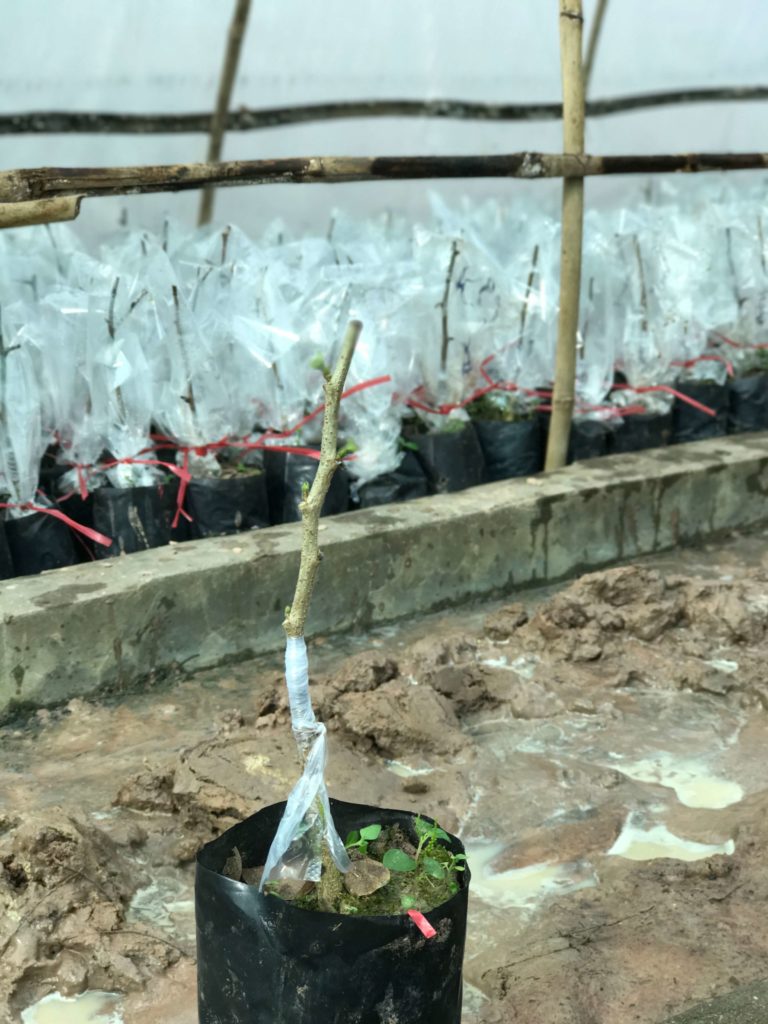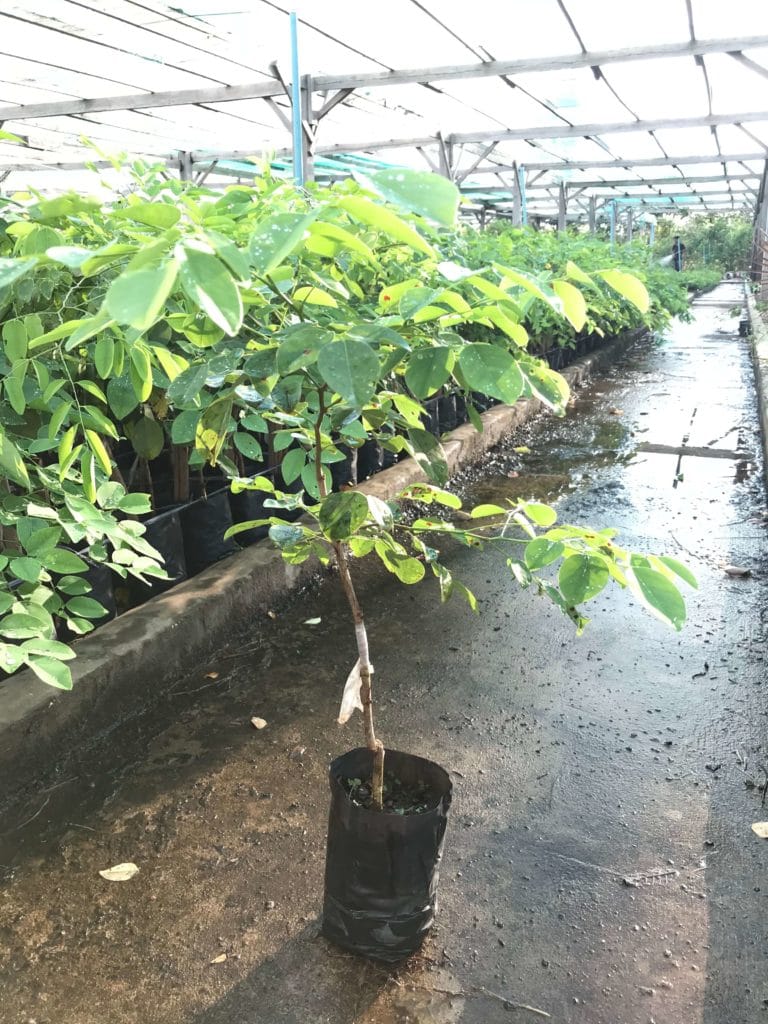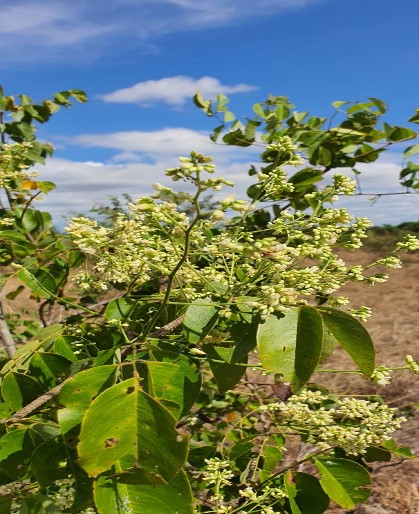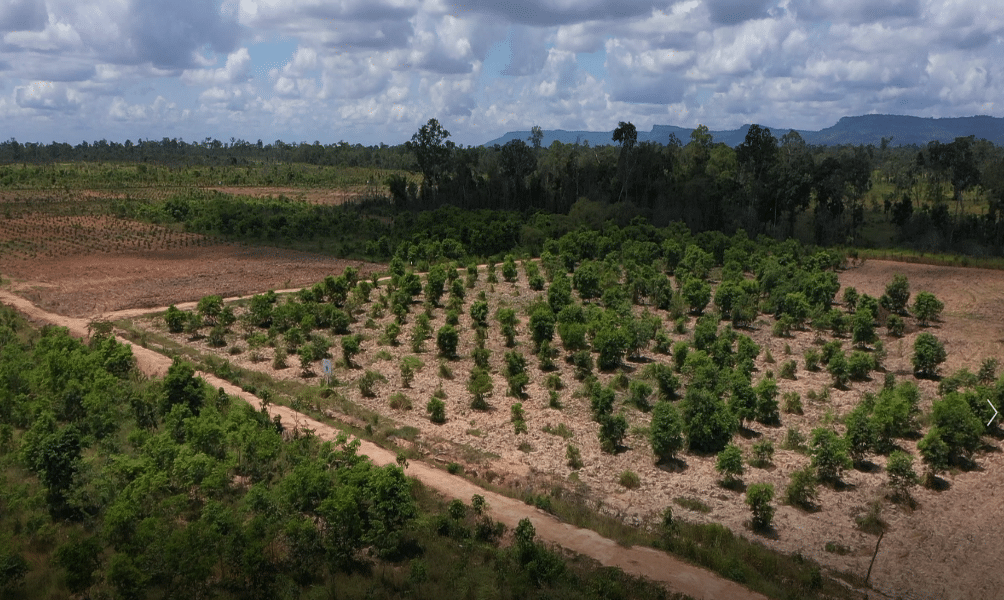This article presents the experience of the Landmark Restoration Project on ‘Establishment of Forest Genetics Research Center for Restoration of Major Timber Species in Cambodia (AFoCO/005/2014)’ the asexual production of seedlings that are used in establishing the seed orchard. The project hopes to contribute to enriching knowledge in the establishment of seed orchards of tropical species, and identify feasible propagation techniques.
In the wake of massive deforestation happening in Cambodia, the government embarked on nationwide replanting in the degraded forestlands. The thrust of restoring the degraded forests has pushed the demand for planting materials, and maintaining the supply of quality germplasm for large-scale seedling production has posed a major challenge in the forestry sector. As a result, forest managers are prone to sourcing their germplasm for seedling production from inferior sources. To address this problem, the Institute of Forest and Wildlife Research and Development (IRD) in Cambodia is implementing the project “Establishment of Forest Genetics Research Center for Restoration of Major Timber Species in Cambodia” funded by the Asian Forest Cooperation Organization (AFoCO) through the Landmark Program. The project aims to implement a long-term tree breeding plan and is part of Cambodia’s initiative to restore degraded and denuded areas in the country.
Figure 1a. Map of the1st project site Figure 1b. Map of the 2nd project site
There are three species that are targeted for the 10-year project — Dalbergia cochinchinensis, Pterocarpus macrocarpus, and Dipterocarpus intricatus. The project collaborated with the National Institute of Forest Science (NIFoS) of the Republic of Korea in the initial stage of the project by establishing research plots as well as providing training to the Project Staff. Among the outputs of the project is establishing 6 hectares of seed orchards in Khun Ream (3 Ha.) and Chan Sar (3 Ha.) forest research station to support the restoration program of the government. The project tested two asexual methods (cutting and grafting) in producing the planting materials for the seed orchard. The use of grafting techniques is very important in the establishment of seed orchards to facilitate the collection of fruits. The asexually propagated plants will bear fruits early aside and have short and branchy compared to their seedling-grown counterparts. One of the factors that determine the success of grafting is the compatibility of the scion to the rootstock since there are some species that fail to successfully develop a union of the grafted scions and rootstock. This establishment of Korean-style seed orchards in a systematic manner is a novel project in Cambodia. The asexual propagation of timber species is far less advanced compared to the fruit trees and there is very limited documented success in terms of appropriate asexual propagation for timber species.
Asexual Propagation Trials
There are two methods tested for the production of planting materials needed for the establishment of seed orchards — cutting and grafting. The project conducted an experiment that tested the two asexual methods on the three species — D. cochinchinensis, P. macrocarpus, and D. intricatus. The experiment aimed to determine which of the two methods will result in higher success. In the case where a comparably similar result is obtained, grafting will be chosen as the preferred asexual method owing to its well-developed and stronger rootstocks. Rooting hormones were applied to the cuttings, which were then placed in an incubation chamber (Figure 1a and 1b). The grafted seedlings, on the other hand, were covered with a small plastic bag to prevent the graft from getting wet, and possibly resulting in rotting. To prevent desiccation, the grafted seedlings were placed in a small incubation chamber. The grafted seedlings and cuttings were watered in moderation.
Photo 2a. Incubation chamber Photo 2b. New sprout of grafted seedling
Outcome of Asexual Propagation & Seed Orchard Establishment
After conducting the experiment, the result indicates that grafting P. macrocarpus and D. cochinchinensis resulted in a higher success rate of 80%, while the cuttings only saw a success rate of around 20%. D. intricatus failed to develop roots in the cutting experiment and saw no success when grafting the scion to the rootstocks. The plant propagator of IRD tried grafting the scions to the naturally growing seedlings in the field but to no avail. Under the advice of experts from NIFoS, IRD tried grafting the scion of D. intricatus with D. alatus rootstock. However, the method failed to develop a successful graft. After repeating the trials, the IRD decided to use grafted seedlings for D. cochinchinensis and P macrocarpus, and seedlings from the superior plus trees for D. intricatus.
The established seed orchard is now in its fifth year and started to bear fruits (Photo 4). Generally, the trees have developed strong and healthy grafts. The orchard, despite it going through several typhoons, has had only very few trees that have broken in the graft points. So, in general, the grafting of the seed orchard is deemed most successful with such resilient orchard established.
Photo 3. Sprout of grafted seedling Photo 4. Dalbergia flower in the seed orchard
Moving Forward
Currently, the project is preparing the next phase of the experiment. The project will be testing the viability of the seeds produced from the grafted mother trees. So far, there is no information on the germination of the seeds collected from the two species (D. cochinchinensis and P. macrocarpus) and whether the generation varies under different ages of the grafted parent trees. The seeds produced from the grafted superior mothers[1] from the seed orchard will also be tested in the field. From 2022 through 2023, a demonstration forest will be established where the seedlings collected from the grafted seed orchard will be out planted to validate their growth performance, which will be compared with that of the mother trees in the control site. With the demonstration plot establishment, the project is expected to show more significant progress in the future.
Photo 5. Aerial view of the Dalbergia seed orchard
[1] Parallel to the establishment of a seed orchard, a provenance trial was also conducted to simultaneously determine which among the different provenances have the best performance.
Contributed by:
Kimsrim Seab, Project Coordinator for AFoCO/005/2014 and 2017 AFoCO Fellowship Official, and
Khiev Sokleap, 2021 AFoCO Fellowship Official from Cambodia








